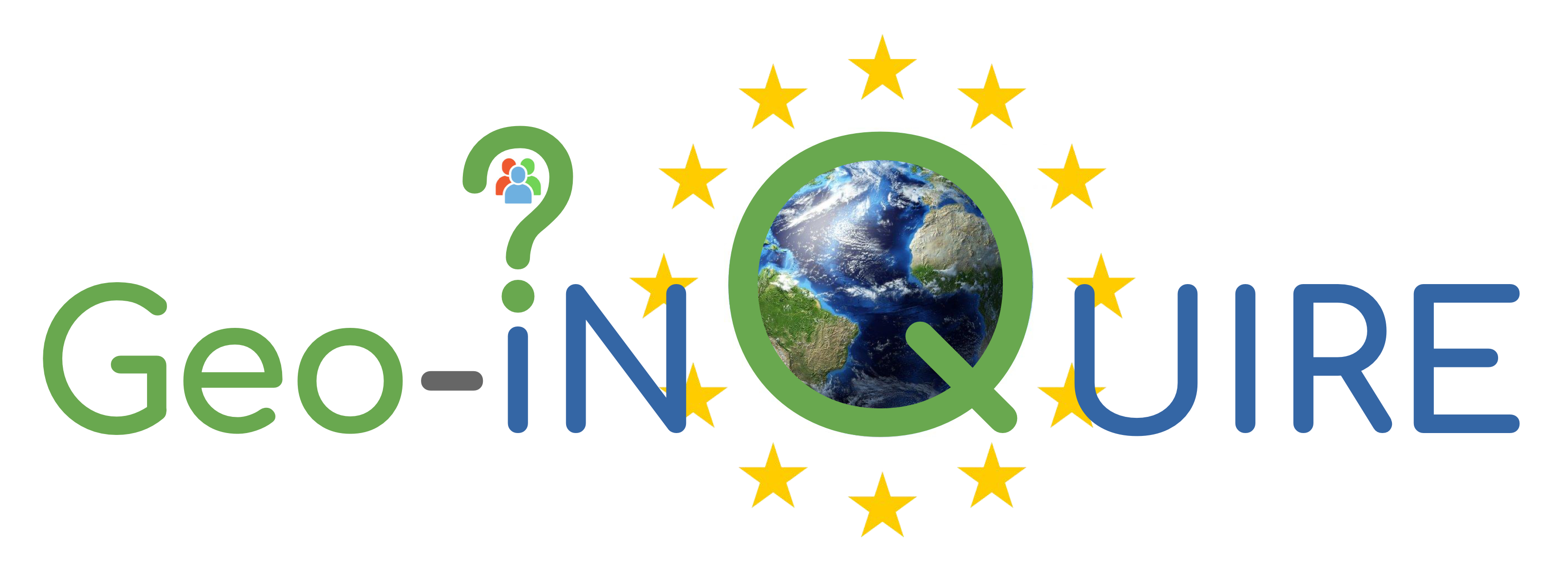BingClaw - Model for simulating dynamics of cohesive landslides (TA2-532-1)
This installation is not available during the fourth Geo-INQUIRE Transnational Access Call.
1. Hosting Institution
Physical and remote: Norwegian Geotechnical Institute (NGI), Norway.
2. Description
This service equips scientists with an advanced tool for simulating landslide dynamics in both subaerial and subaqueous conditions: both for simulating the landslide dynamics and run-out distance and for modelling tsunami generation.
The TS-BingClaw is a depth-averaged landslide model designed for efficient simulation of cohesive landslides, i.e. for soils predominantly composed of clay. It takes into account factors such as the resistance from the ambient fluid, material remolding, and provides outputs that can be coupled to tsunami generation. The model is a two layer serial (not parallelized) code and is integrated with the Clawpack library. It operates and should be set up in a linux operational environment.
The software computes the motion of the landslide as a function of time. It uses a finite volume scheme to solve the equations of motion, which is depth-averaged for the Herschel Bulkley fluid. It considers complex terrain deflection, the remoulding of the material, the fluid resistance, and includes the transition between the fluid phases in air and water.
As a part of the training, we will provide the users with software installed on their laptops for their own research use after the training is completed.
3. Services offered
Transnational Access to the BingClaw numerical model will consist of on-site training-through-research for a limited set of selected users. The training will go through the principles of BingClaw, how to use the model, and exemplify with a set of running case studies.
Potential projects should preferably be centered around the applicants’ own research, and could for instance comprise studies of past landslides, landslide dynamics sensitivity analysis, or landslide-initiated tsunami generation.
For optimal gain from the training, the objective of the later part of the TA is that the training will focus on helping participants to adapt the model to their ongoing or planned research.
As the simulations are relatively lightweight, the simulations will be carried out with the users own laptops. It will be a prerequisite that the users are able to deploy the model, either via Docker containers, or in a Linux environment on their own laptops. To this end, we can provide a containerized version of the code to simplify the deployment.
The applicant should preferably provide bathymetric and topographic data for the site of interest: help will be provided in ensuring compatibility of file formats etc. The user must also provide a description of potential landslide volumes and the science case to be simulated. The software will be installed locally on the applicants’ own PC, and the user must have the Linux operative system or a client that support the installation of BingClaw.
4. Modality of access
- A maximum of 2 accesses for 1 week of in-person plus 1 week of remote access to NGI. TA grants will cover the costs for travel and subsistence.
- Remote support and access to in-kind computer resources at the hosting institution is also possible, where available and technically meaningful.
5. Support
Personalized training and support for the definition of the scientific problem, settings of the simulation cases, run of data analysis and elaborations, dissemination of products (e.g., scientific reports, papers), uptake of the simulation results on the Simulation Data Lake at CINECA.
6. Additional information
Target community/Users:
Researchers and engineers. The program license is limited to research use.
Community Standards:
Most input and out formats mimic closely ESRII ASCII.
More information:
- https://www.ngi.no/eng/Services/Technical-expertise/Tsunamis/Model-for-simulating-dynamics-of-cohesive-landslides
- https://zenodo.org/record/7695422#.ZAYCtnbMJaQ
- DOI: https://doi.org/10.5281/zenodo.7695422
7. Contact person
Finn Løvholt (finn.lovholtngi.no) and Steven Gibbsons (steven.gibbons
ngi.no)
